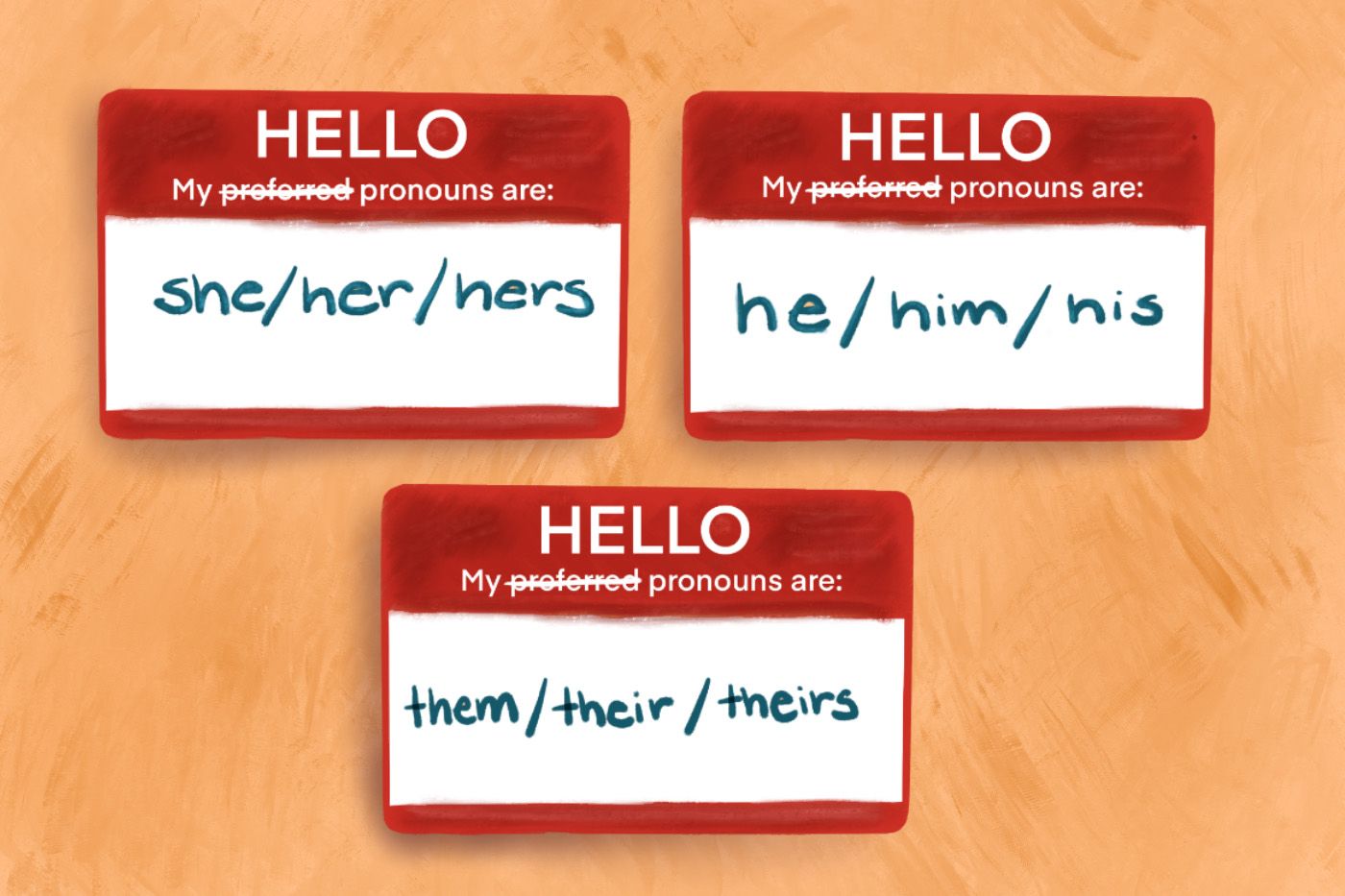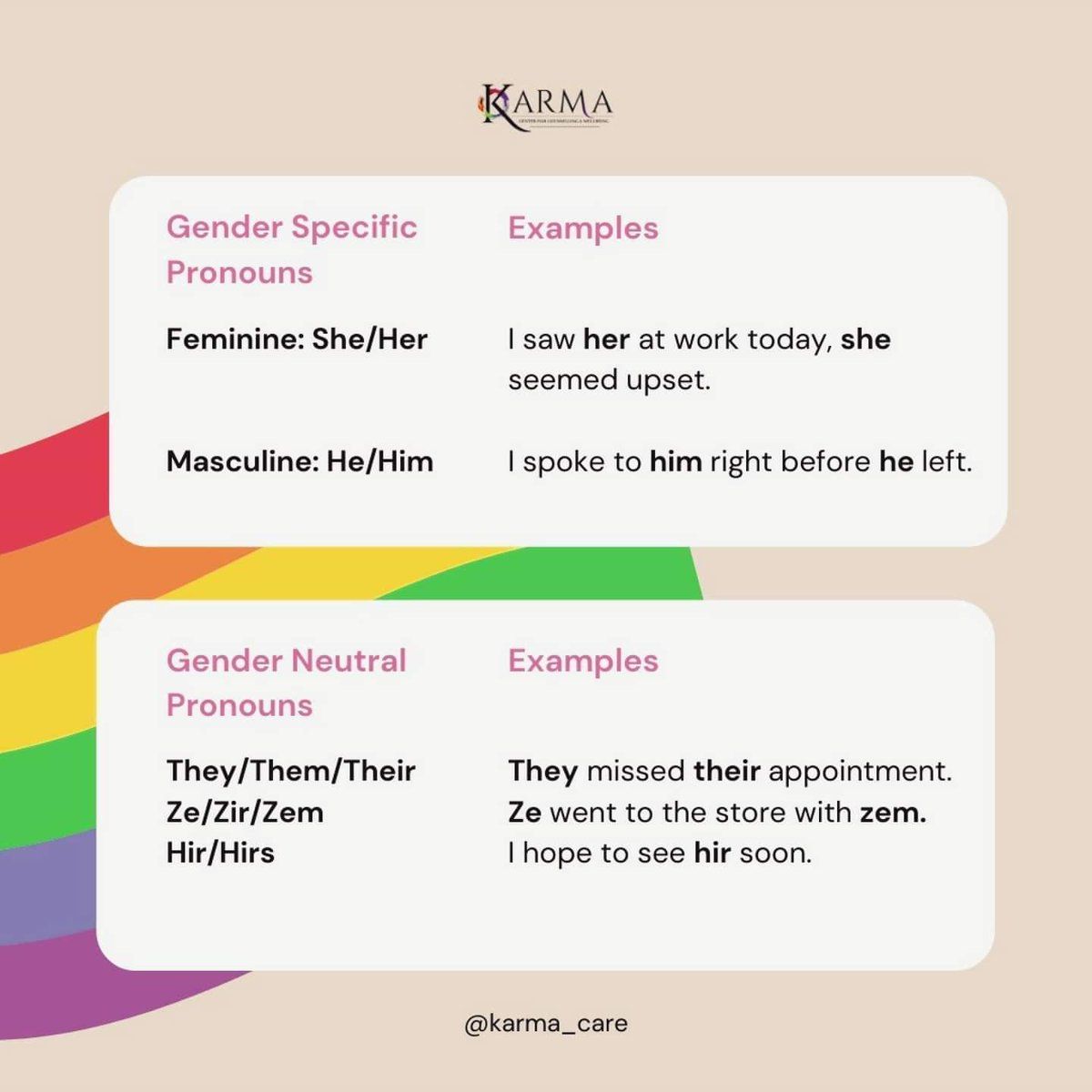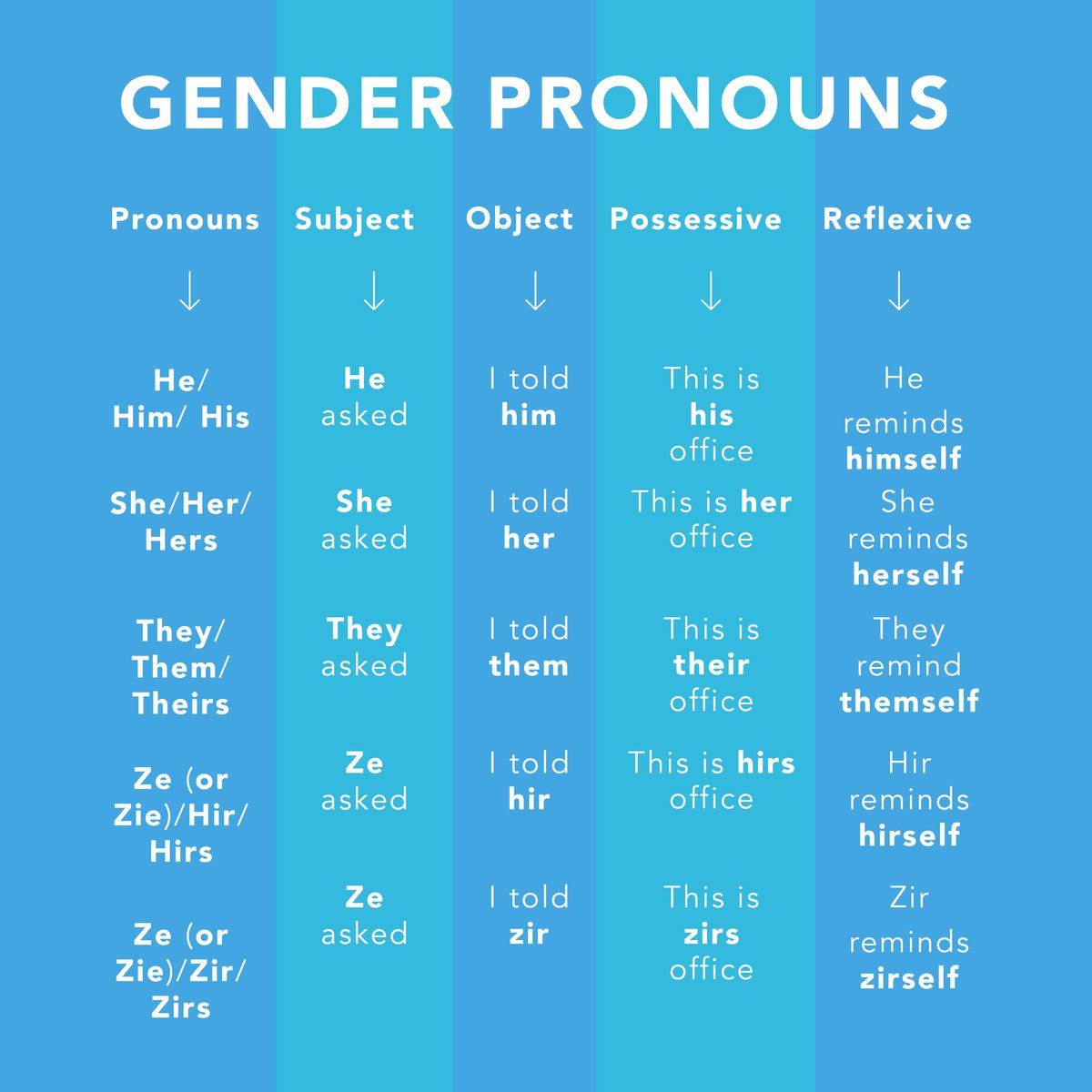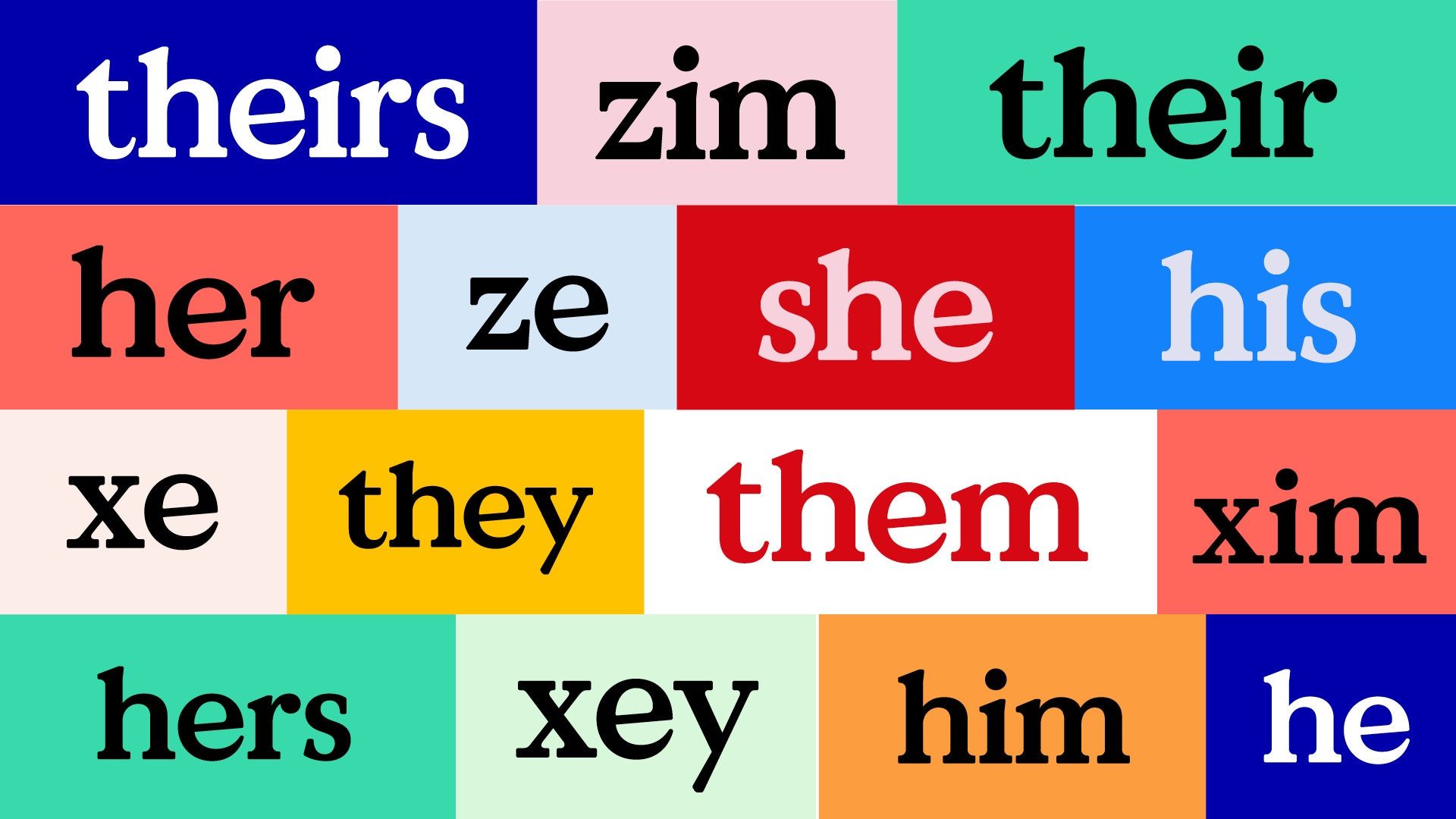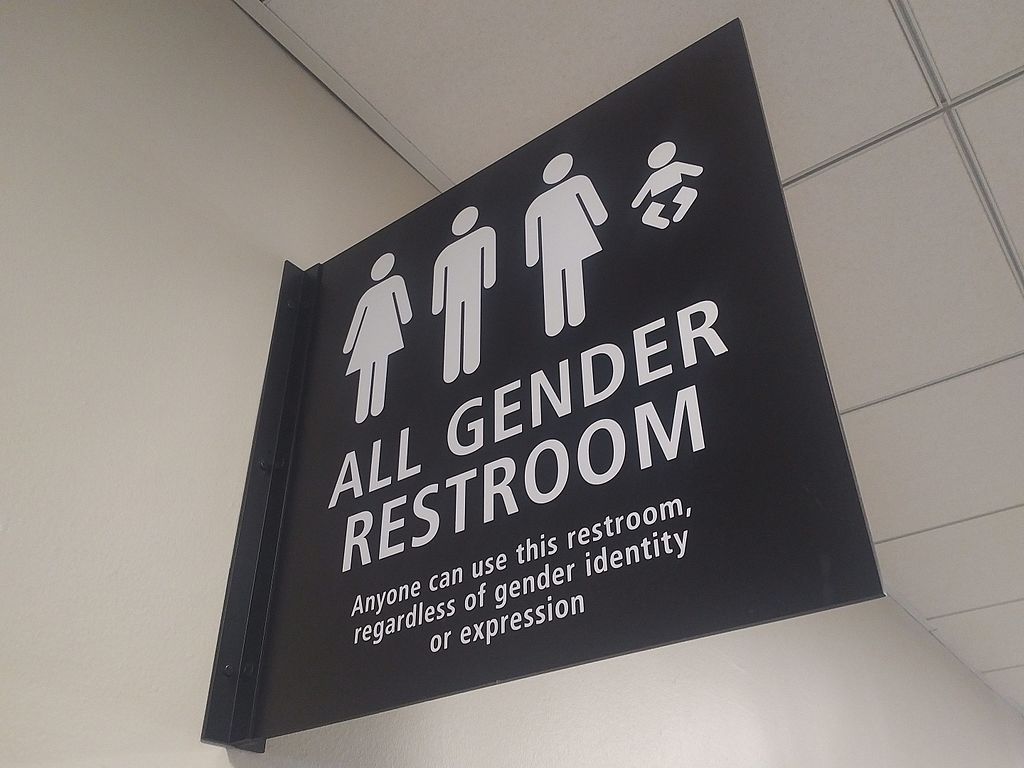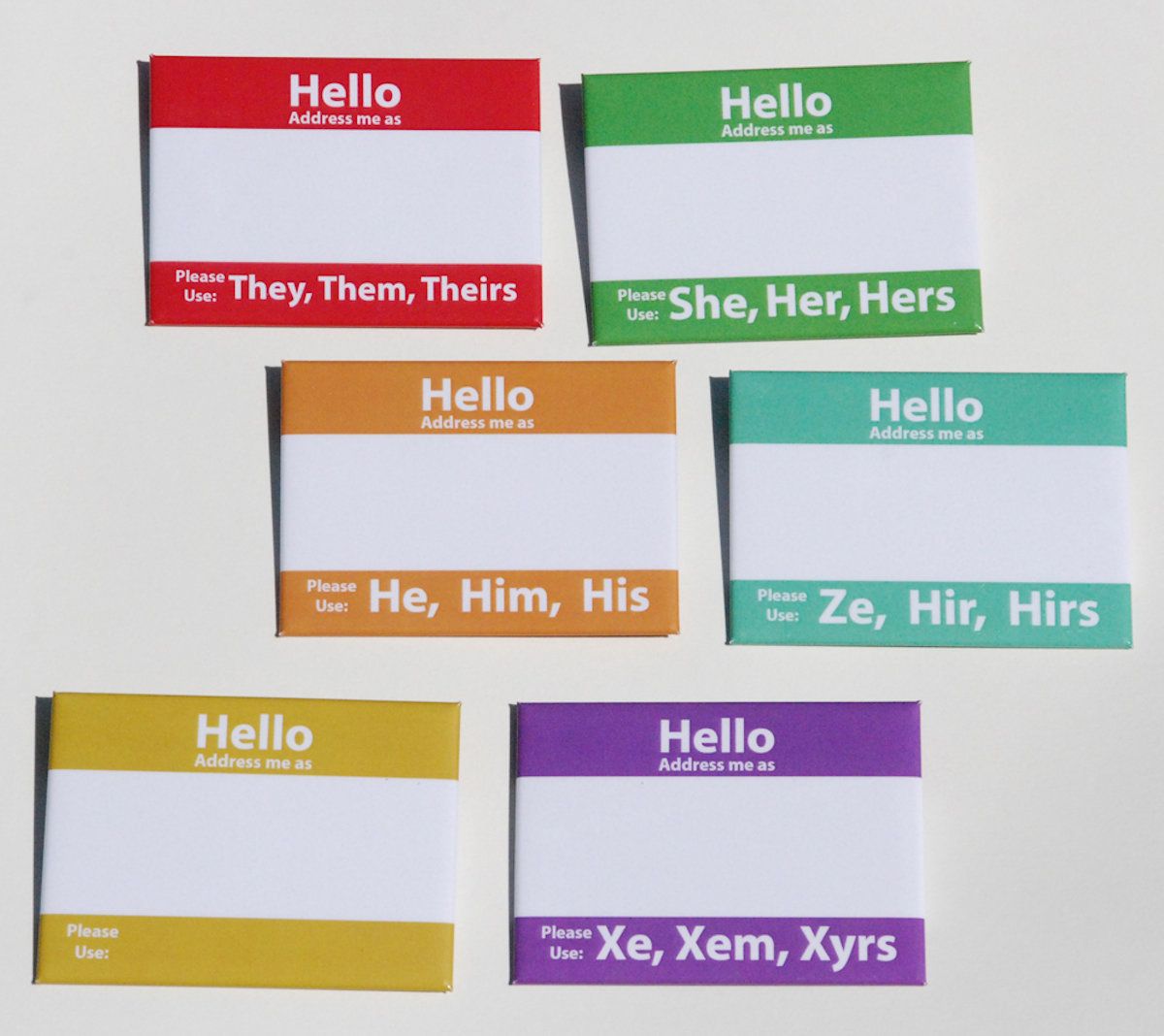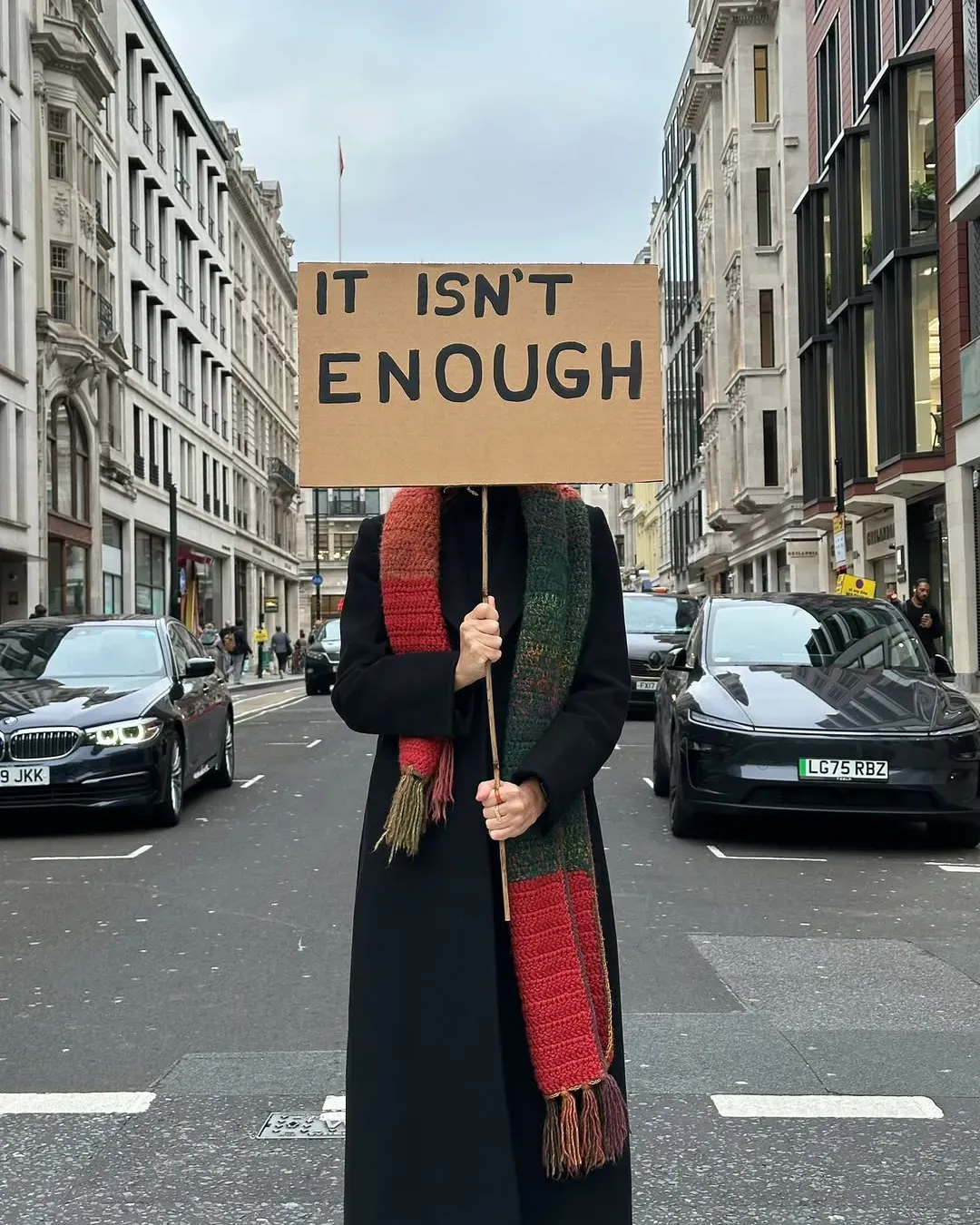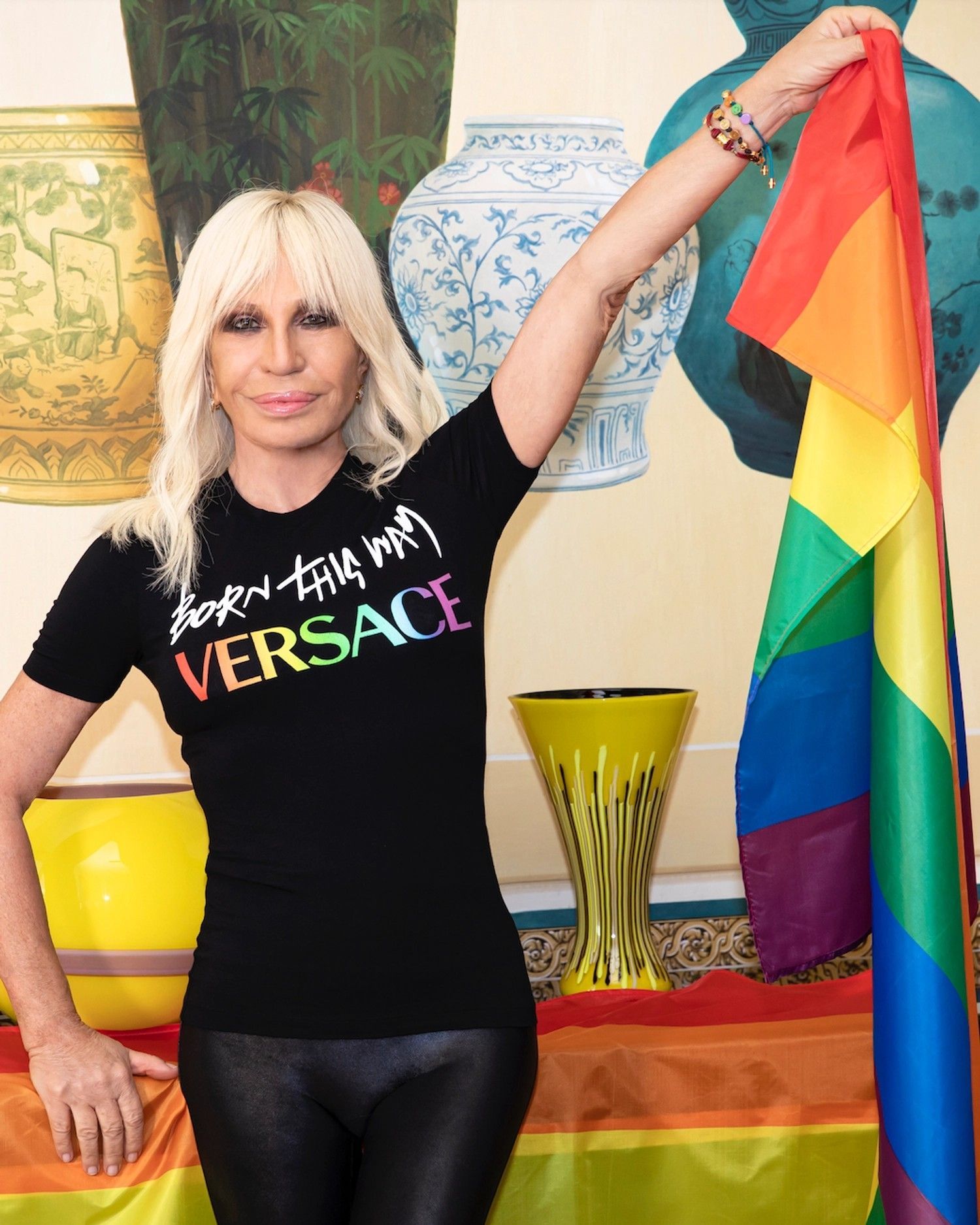
How did we get to pronouns to talk about gender? A change in language that can translate into a change in society
Over the last few years, the battle for the recognition of the rights of the LGBTQIA+ community has also become formal, permeating the language - especially online - by introducing a new vernacular made up of non-binary pronouns, asterisks, schwa, U, and all the graphic signs that can fill the gap in the Italian language for categories other than masculine and feminine.
In fact, the neutral category doesn't exist in the Italian language, and English pronouns are commonly used to make up for this lack, which is now fixed appearances in Instagram bio and at the bottom of email signatures. The "new" pronouns represent three categories, masculine, he/him, feminine, she/her, and neuter, they/them, including those who don't recognize themselves in the binary categories. The result is often divisive: many refuse to change their own language, ignoring a request for inclusion and making excuses of ideologism, a bit like what is happening these days in the discussion around the DDL Zan.
Bee & Licht of @senzaoffesama, two educators who deal with this topic from a pedagogical and educational point of view, told nss magazine about the effect of genderization and the correct use of pronouns on people's lives. "As numerous anthropological and sociological studies have shown, over the years, there are numerous cultures around the world that for centuries have changed the concept of the gender binary (male or female), integrating identities in their societies that differ from this dualism. Genderising means characterizing something so that the gender to which the object refers is immediately clear. The classic example, pink for females and blue for males. In fact, when we say that genderisation affects every aspect and life expectancy of a person we mean a 360° involvement: from birth to school, to interests, to the character of that particular person. So if the baby is identified as a female, it will be expected to love pink, be composed and calm, empathic, and have a certain type of interests such as dance and low work aspirations. The same pattern will unconsciously apply to an identified male infant, but with very different combs. In such a strictly segmented society it is therefore easy to understand what happens when a person does not identify himself as either a man or a woman: stigma and often discrimination that can lead to aggression or isolation of the person who does not feel accepted and recognized, who must therefore necessarily fight for his rights."
Outside of that digital bubble of activism that took over many subjects, from gender equality to environmental sustainability to feminism, that of pronouns seems to many an aesthetic and fleeting fix, destined to run out once attention around the issue has waned. "The use of the asterisk, the "Y" instead of the "i" in the masculine plural, or the schwa, are the tools we have for now. They respond to the need for an inclusive language for non-binary people and women systematically excluded from the masculine plural, but unfortunately, they make reading very complex, both for the lack of a neutral mental category, but above all for elderly people or people with problems related to reading such as dyslexia. For these reasons, in my opinion, none of the modalities of linguistic inclusion is exhaustive, but they are absolutely noble and appreciable attempts", commented Lucrezia Maria Marino, a psychotherapist specializing in sexual and emotional education. A sort of necessary passage, therefore, a way to recognize at least on paper something that in reality is not yet taken for granted. "I don't think it's a trend but a need that has always been silenced. I desire that linguists and inclusion experts collaborate more and more to propose new methods that perhaps have not yet been thought of" concludes Marino.
According to Bee & Licht: "In recent times, also about the change implemented by the new generations and the desire to acquire representation and rights for queer (term to indicate the LGBTQIA+ community) and non-binary people, the need to implement changes is growing. In fact, using binary pronouns is extremely limiting, as there are people who don't identify with either of the two genders or, on the contrary, identify with both. Furthermore, the use of a certain language, however trivial it may seem, can create discomfort for those who don't recognize themselves in one or both genders, and we take the pronoun of a person for granted, we risk making misgendering. Misgendering or calling, intentionally or unintentionally, the transgender and the non-binary person with the article, the ending, and the pronoun do not correspond to their gender identity. This is not only a disrespectful action, but it's also an indirect way of not recognizing and discarding burn the authenticity of trans people. To those who don't experience it on themselves, it may seem like a minor detail but, being called repeatedly with the ending or the wrong article can actually induce dysphoria (the profound discomfort that the person feels for some parts or his own body ), it can make people feel unsafe and is a great disrespect. This is why we hope that the correct use of words in general, and pronouns in particular, will become a daily habit. It would mean having achieved the goal: inclusion and restitution of the equal dignity that every human being should have, regardless of gender and/or sexual orientation".
@mariabeatrice_ Quello che penso dell’identità di genere ##imparacontiktok
suono originale - MariaBeatrice Alonzi
For those who believe that pronouns or even just asterisks are a fixed, not too justified concession to Gen Z members, replies @aroacefox, non-binary activity: "Pronouns represent who we are and how we feel about us whether you are cis, trans, binary or non-binary little changes. Perhaps the only important note to make is that while for binary people pronouns can be discounted, for non-binary people they are not. For me, I affirm my non-binary identity precisely in contrast with the expectations of the common imaginary towards non-binary people, always imagined as people with androgynous characteristics. For me, it's chosen to use the female, and to be female because I wanted to be, and not because it is imposed on me by someone who knows nothing of my identity. Feminine pronouns annoy me when they are mandatory, but if I am the one who says: "use her/hers", then they take on a new value of self-determination."
Although "the debate on gender issues has always been present, in recent years we have been witnessing a worsening of tone also due to the phenomenon that historically in pedagogy and sociology is defined as Gender Backlash. When a majority that holds most of the privileges feel threatened by the minority that begins to fight for their rights (as in the case of the demonstrations of the LGBTQIA+ community for the approval of the Zan Bill against the continuous homolesbobitransphobic attacks of this period), a strengthening of the stereotypes and even discriminatory habits towards the minority to "put it back in its place"; as a nostalgic retreat to the past", comment Bee & Licht.










































